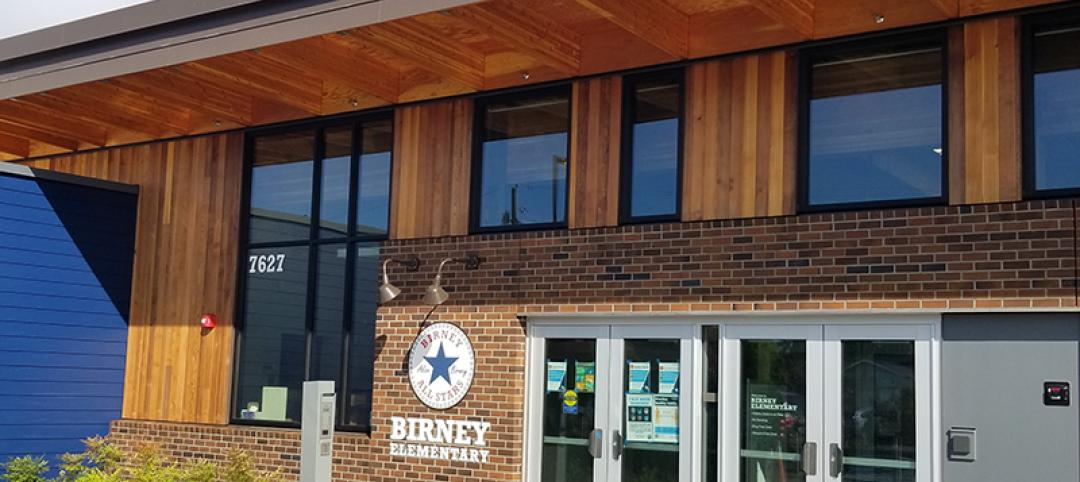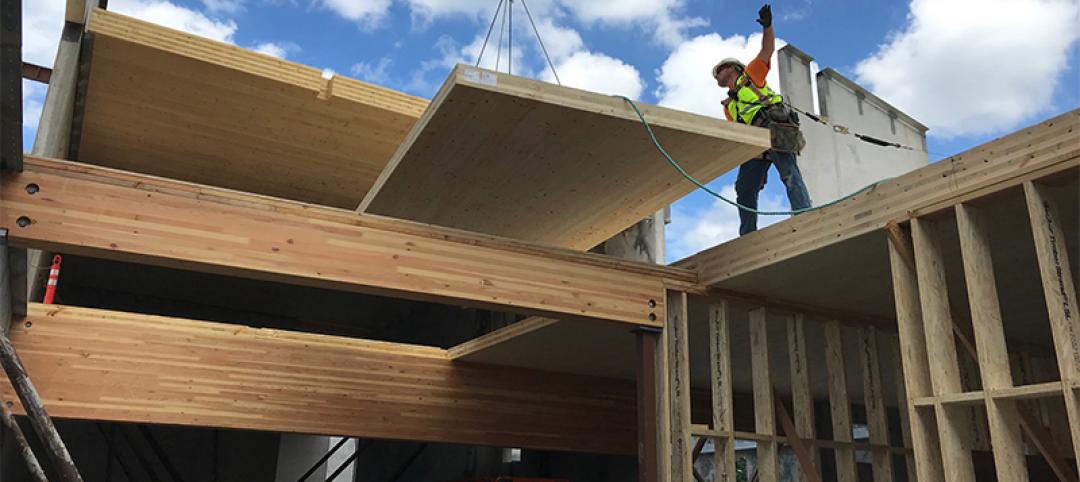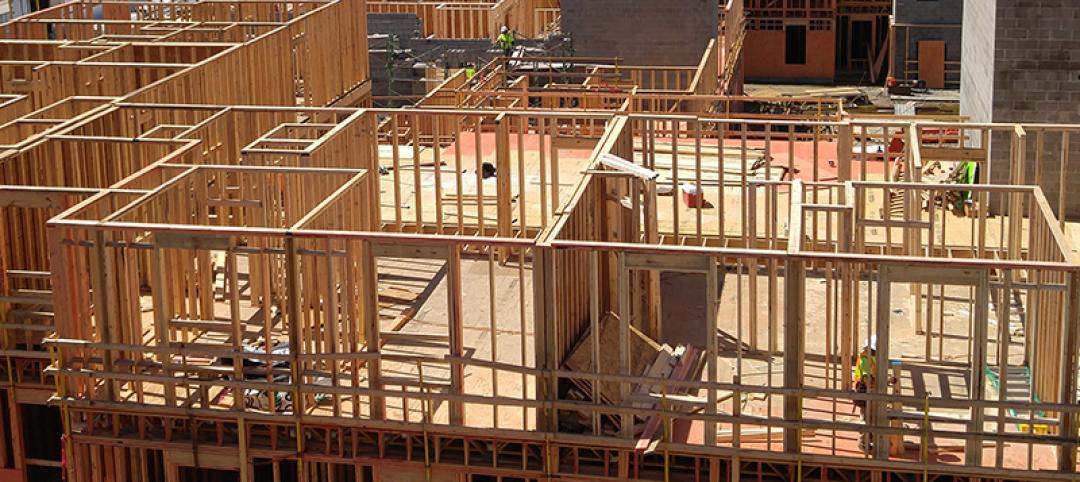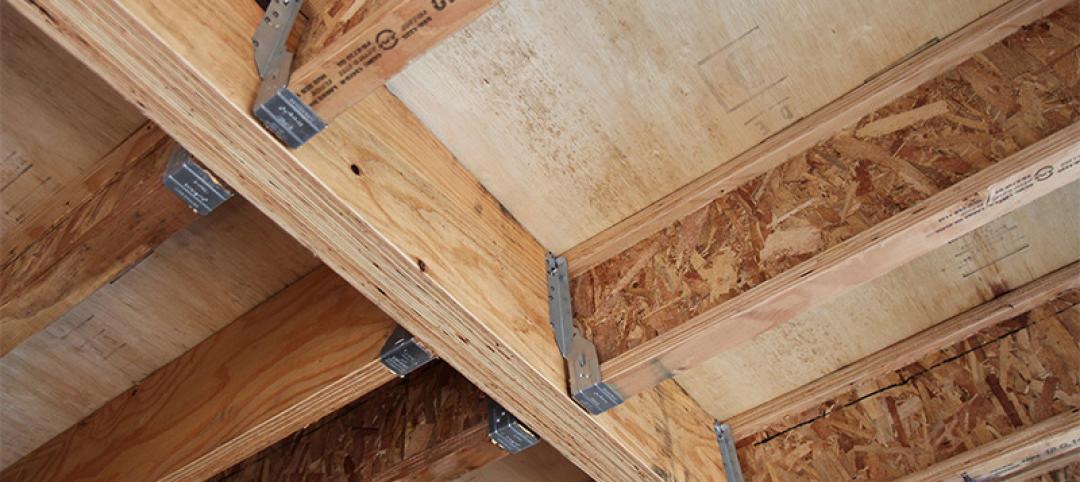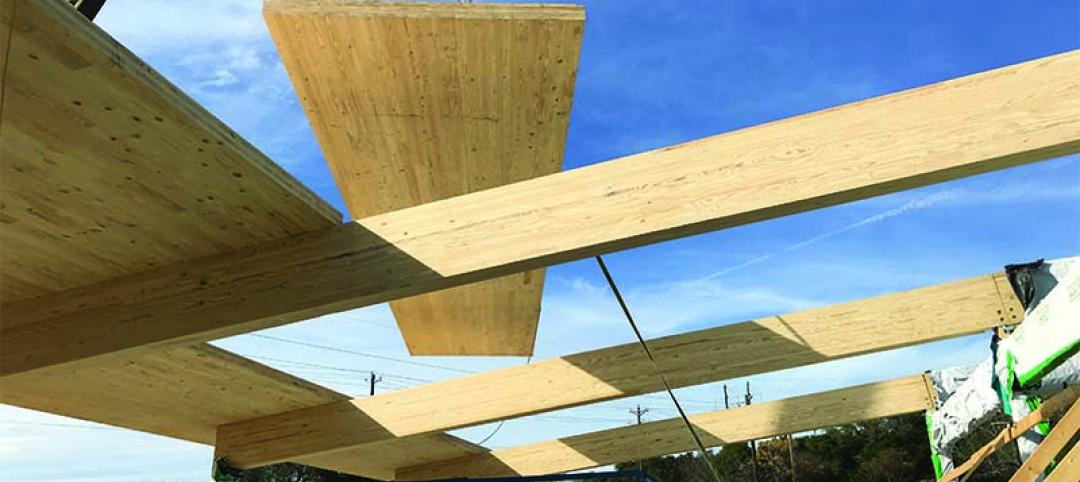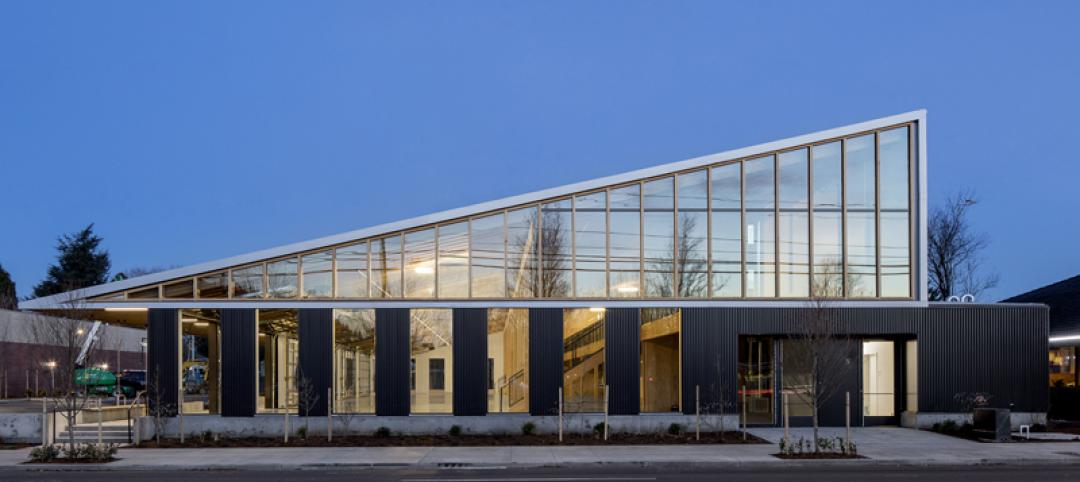One of the most commonly accepted methods of analyzing a product’s environmental impacts is life cycle assessment. An LCA is a comprehensive measure of the total environmental impact of a product, assembly or structure. True to its name, LCA is a holistic measure that examines the entire life cycle of a product, start to finish. Life cycle assessment measures energy expended during all aspects of service life, encompassing raw material extraction, manufacture, distribution, use, maintenance and disposal.
Wood’s environmental impacts versus other materials
LCA measurements show that solid wood and engineered wood consistently outperform steel and concrete in terms of environmental sustainability. Wood’s numerous comparative advantages include less energy consumption during production, less greenhouse gas emissions, less air and water pollution and less solid waste production.
A 2015 Australian study compared the life cycle environmental impacts of two apartment structures, one constructed with a lightweight timber frame and the other with concrete. The study measured factors ranging from greenhouse gas emissions to release of chemicals, which contribute to acid rain. The wood structure scored better in three of the five categories, with most of the impacts occurring during an assumed 60-year service life. The study concluded that wood construction provides a more environmentally friendly building option over the life of a building. The study also found that much of the environmental advantage of the wood option was due to its lightweight design—a design benefit that offers many advantages, including cost savings. (Forest & Wood Products Australia, “A Comparative Life Cycle Assessment of Two Multi Storey Residential Apartment Buildings," July 2015.)
LCA tools
Two popular tools for estimating LCA include the Athena Environmental Impact Estimator and the Building for Environmental and Economic Sustainability (BEES) software, which also includes an economic performance score.

Environmental Product Declarations (EPDs) and EPD Transparency Briefs
Even with advanced LCA tools, sustainability is sometimes difficult to quantify. Environmental Product Declarations (EPDs) provide building teams with science-based information on environmental impacts to facilitate more informed building material choices.
In compliance with ISO 14025, Environmental Labels and Declarations, an EPD gives a third-party verified evaluation of a product’s environmental performance, including global warming potential, primary energy consumption, material resources consumption, non-hazardous waste generation, acidification potential, smog potential and other measures.
Because EPDs are often lengthy, EPD Transparency Briefs were developed to provide a shorter, more readable summary of the most critical data in an EPD: the third-party verified, life-cycle based product data that is used in green building certification and rating systems.
The American Wood Council (AWC) publishes EPDs and EPD Transparency Briefs for LVL, wood I-joists, softwood plywood, OSB, glulam, softwood lumber and other wood products.
APA Green Verification Reports
APA Green Verification Reports help building officials and design professionals determine a product's eligibility for points under recognized green building standards.
Green Verification Reports consist of a checklist designed to help document the compliance of individual engineered wood products manufactured under a quality program audited by APA to specific international, national or industry recognized green building standards, including ICC 700-2015, ICC 700-2012, ICC 700-2008, LEED v4, 2009 LEED and 2009 LEED Canada.
Learn more about the environmental benefits of engineered wood products at > https://www.apawood.org/green-building.
More from Author
APA – The Engineered Wood Association | Nov 12, 2020
Engineered Wood Gets an Easy A
A Washington school district creatively leveraged the aesthetic and acoustic benefits of engineered wood products in their newly constructed school.
APA – The Engineered Wood Association | Oct 26, 2020
2019 Timber-Strong Design Build Competition
Six student teams competed at the National Council of Structural Engineers Association (NCSEA) Summit to design and build the most efficient and creative wood structure.
APA – The Engineered Wood Association | Oct 1, 2020
Exposing the beauty of engineered wood
A glimpse into the creative application of engineered wood products on one of the largest mass timber projects in the Pacific Northwest.
APA – The Engineered Wood Association | Aug 20, 2020
Back to basics: Framing big buildings right
A look into the most common wood construction framing errors, and how to avoid them, in today’s nonresidential construction industry.
APA – The Engineered Wood Association | Jun 12, 2020
Fire Phraseology FAQs: FRT versus Fire Rating
Fire resistant, fire retardant, fire rating: what’s the difference?
APA – The Engineered Wood Association | May 11, 2020
The basics of wood frame connection design
Good connection design makes use of wood’s natural characteristics and harnesses its strengths.
APA – The Engineered Wood Association | Apr 15, 2020
Engineered wood in retrofits and remodels
A cost-effective replacement for hard-to-source timbers in historical projects.
APA – The Engineered Wood Association | Mar 3, 2020
Mass timber has banks seeing green
First United Bank Invests in First Mass Timber Buildings in Texas, Oklahoma
APA – The Engineered Wood Association | Feb 14, 2020
Beauty and the Budget
Engineered Wood’s Appeal is More Than Skin Deep


